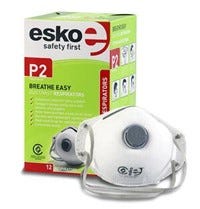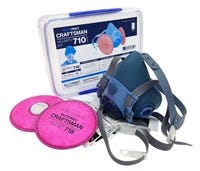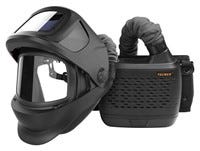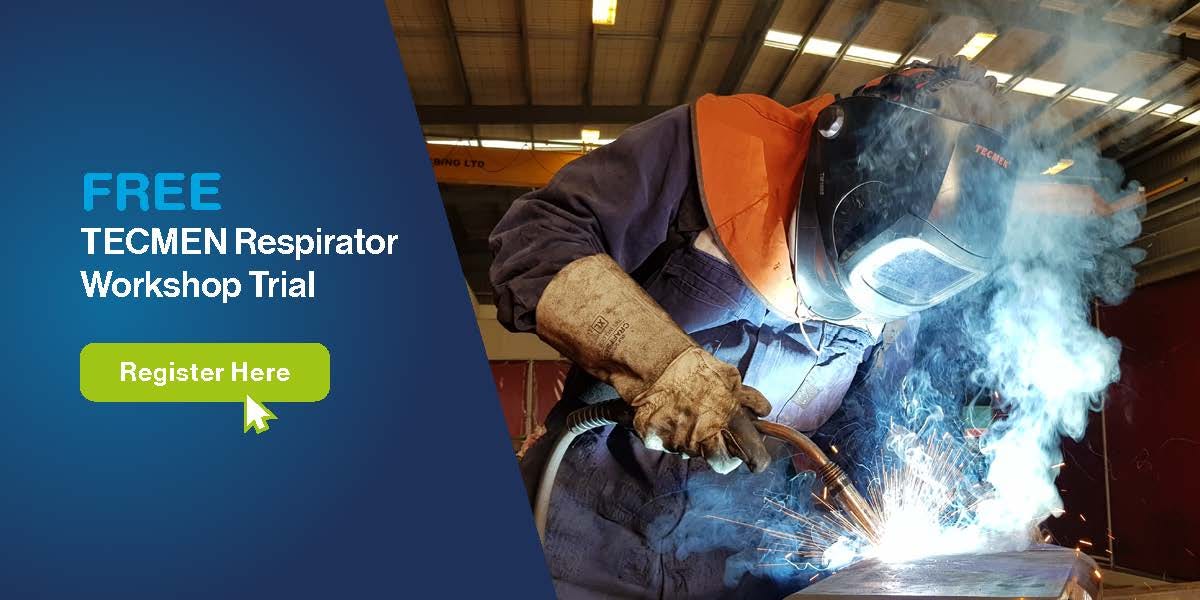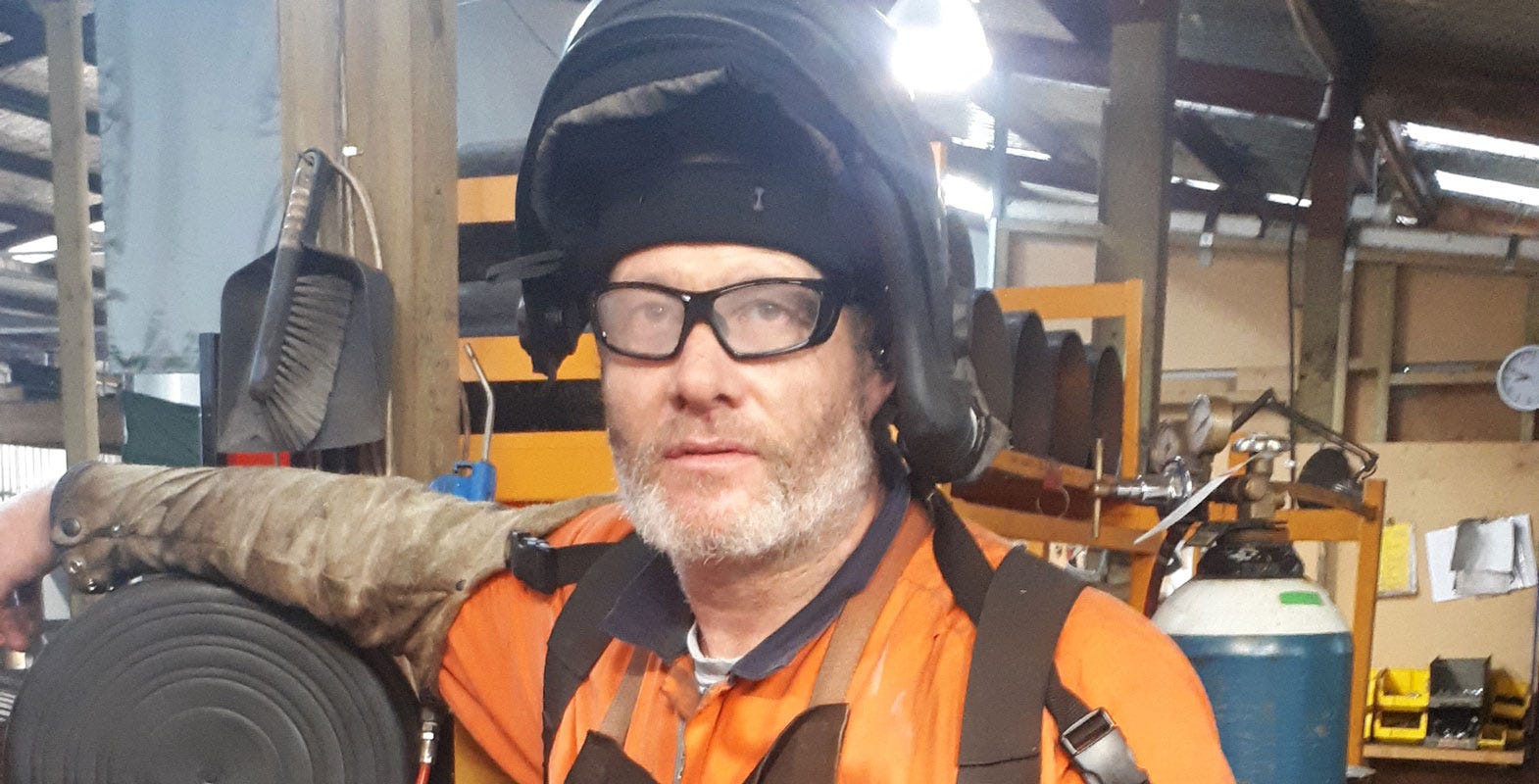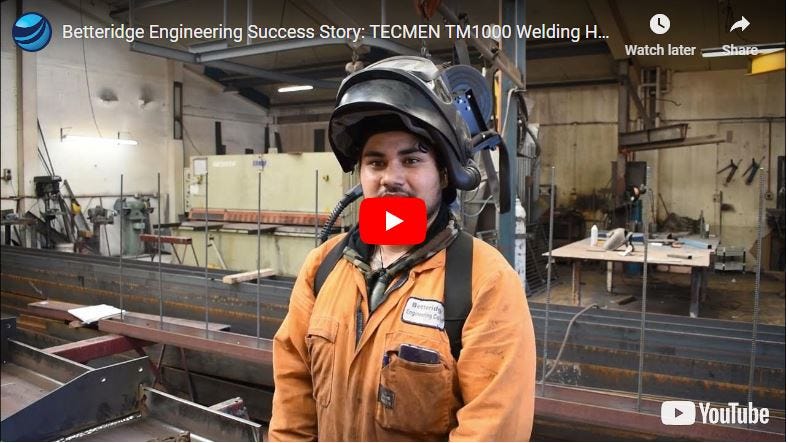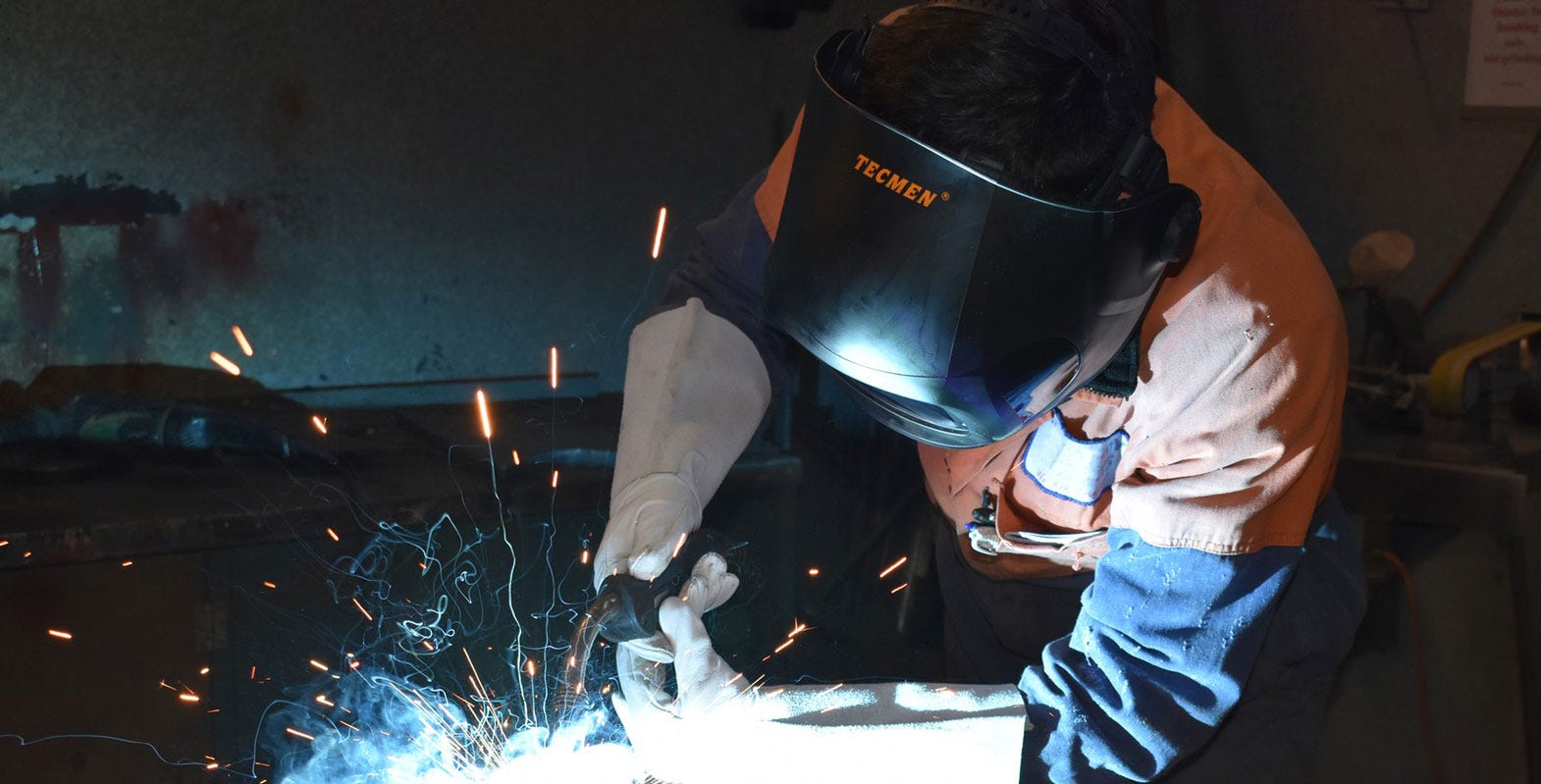What You Need to Know About Air Quality Regulations for Workshops
Are you prepared for a Worksafe inspection? Air quality and proper ventilation are critical for workshop safety, and compliance is non-negotiable. Let’s ensure you’re ready to meet health and safety standards with confidence.
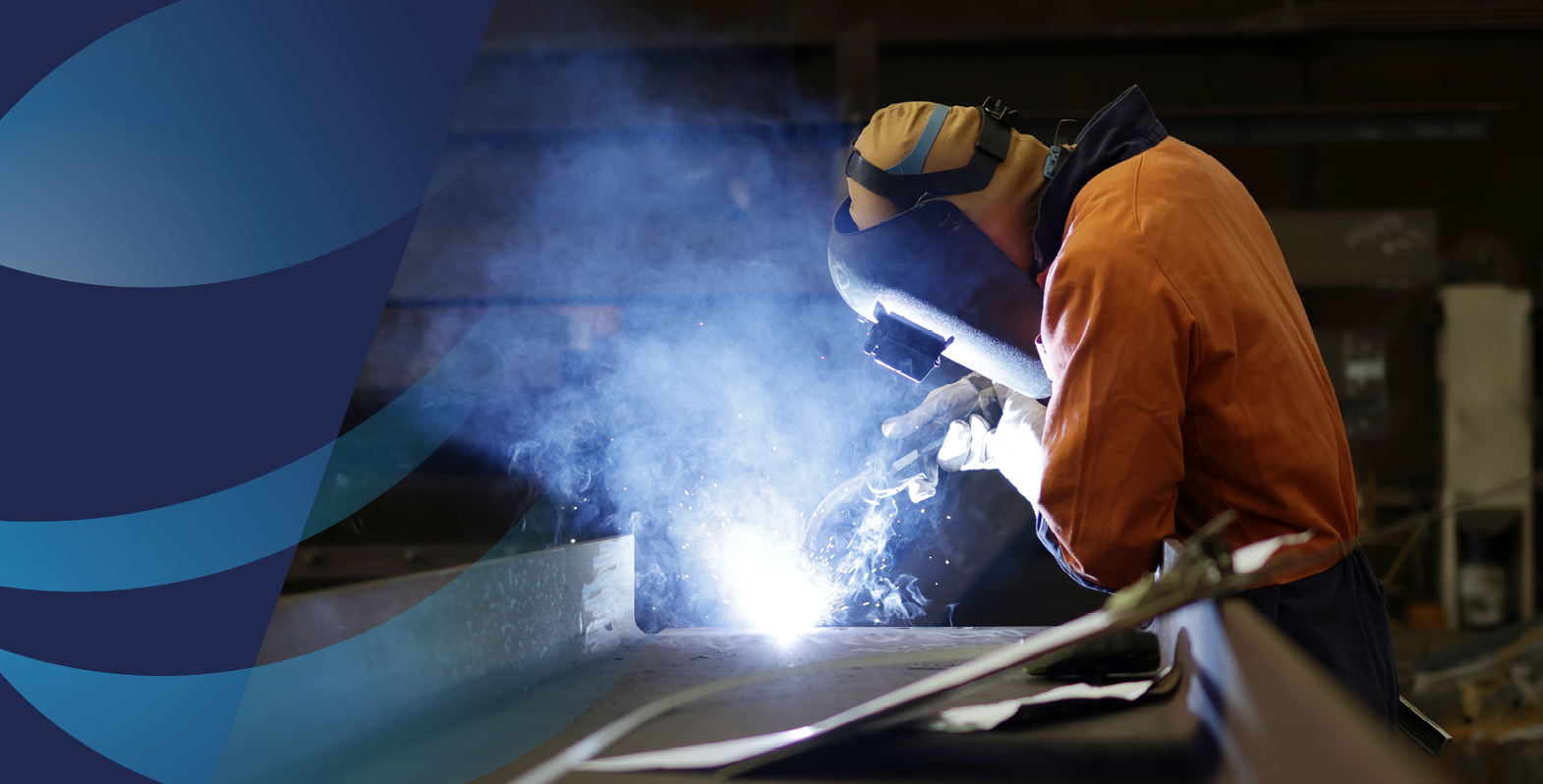
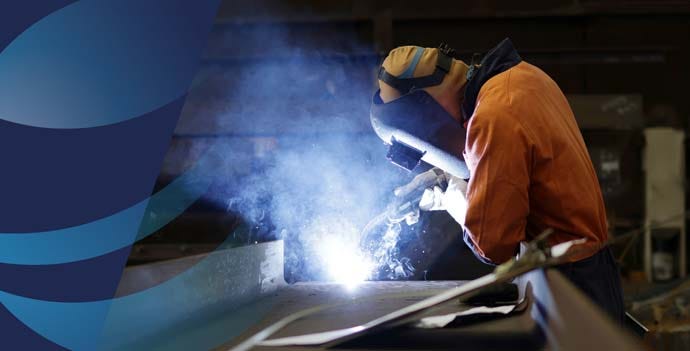
The Dangers of Poor Air Quality
Did you know that welding fumes contribute significantly to poor air quality in workshops, posing serious welding fumes health risks like cancer and lung disease? According to studies, welders are 44% more likely to develop lung cancer compared to those in other professions.
It is the employer's responsibility to minimise health risks by providing a safe working environment, access to the correct personal protective equipment (PPE), and training and procedures for the effective use of health and safety equipment.
Latest Air Quality Regulations for Workshops
Staying compliant with air quality regulations means keeping up-to-date with the latest standards. Here are some recent updates you should know:
-
WorkSafe New Zealand Updates: In 2024, WorkSafe reviewed 57 Workplace Exposure Standards (WES) and one Biological Exposure Index (BEI), proposing changes to 44 of them. These updates aim to improve workplace safety and ensure better air quality management.
-
National Environmental Standards: The Ministry for the Environment has proposed amendments to the National Environmental Standards for Air Quality. These changes focus on controlling the release of fine particles, which directly impacts indoor air quality in workshops.
By staying informed about these updates and implementing necessary adjustments, you can ensure compliance and create a safer workplace for your team.
What Needs to Happen?
To stay compliant, start with a thorough workshop air quality assessment:
-
Identify Risks: Pinpoint areas with poor ventilation, high fume production, and exposed workers.
-
Evaluate Measures: Assess whether existing controls are adequate or need improvement.
-
Monitor Air Quality: Engage an occupational hygienist to measure air quality and ensure it meets workplace exposure standards.
Check Worksafe's guidance on Health and safety in welding here.
How Do I Reduce the Risks?
Implement these effective controls to protect workers and reduce air quality risks:
-
Ventilation: Install Local Exhaust Ventilation (LEV) to capture fumes at the source.
-
Protective Equipment: Equip workers with appropriate respirators or air-fed welding helmets.
-
Process Improvements: Minimise fumes by using cleaner welding techniques and preparing surfaces properly.
-
Training: Provide clear training on the proper use and maintenance of LEV and RPE.
-
Monitoring: Regularly check worker health, air quality, and equipment performance to ensure ongoing safety.
Choosing the Right Respiratory Protective Equipment
Selecting the right RPE is critical. It must align with the specific hazards workers face, whether they’re exposed to gases, vapours, or particulate matter. Consult your supplier or an occupational hygienist to ensure you’re making the right choice.
Common Types of Respirators:
-
Disposable Respirators: Lightweight and cost-effective, ideal for short-term tasks.
-
Half Masks with Filters: Reusable and effective for moderate exposure levels.
-
Powered Respirator Systems: Provide superior protection and comfort for long-term or high-risk tasks.
The things you'll need to consider are:
- What type of dangerous substances are your workers exposed to? These might be different depending on the task being performed.
- What type of RPE will protect against these substances?
- Is the RPE suitable for the form of the contaminant (eg. mist, gas or solid)?
- Is the RPE suitable for the work (light or heavy work, short or long duration, confined space, ventilation)?
- Does the RPE correctly fit each worker to make sure it actually works correctly?
- Will it be compatible with other PPE the workers need to wear?
- Do the workers like it? Is it comfortable to wear? Does it provide the right fit?
- What control measures does the Safety Data Sheet (SDS) for the substance you are working with recommend?
- How should the RPE be maintained? How often/when should it be replaced?
Don’t wait for a Worksafe inspection to uncover gaps in your safety measures. Take action today—assess your workshop, upgrade your RPE, and download Worksafe NZ's Welding and Local Exhaust Ventilation Fact Sheet for detailed guidelines.
 Need assistance?
Need assistance?
